Wedjat symbol (Eye of Horus) - History and significance
Wedjat symbol (Eye of Horus) - History and significance
Among the numerous mysterious symbols of ancient Egypt, the Wedjat (also written as Udjat) - commonly known as the "Eye of Horus" - is undoubtedly one of the most symbolic and widely used totems. It is not only a talismanic pattern, but also embodies the ancient Egyptians' beliefs in healing, happiness, protection, and rebirth.
This article will take you on a deep dive into the mythological origins, historical evolution, cultural significance, and multiple roles of Wedjat in ancient Egyptian society.
1. What is Wedjat?
Wedjat (phonetic translation as "Wugate") or Udjat ("Ujate") signifies a "complete" or "intact" eye. It represents one of the eyes of Horus, the god of the sky in ancient Egyptian mythology, commonly known as the "Eye of Horus".
This symbol symbolizes in ancient Egyptian religion:
cure
happiness
protect
regeneration
The Wedjat eye pattern is often used as a talisman, believed to protect the wearer and grant them the power of recovery and rebirth.
II. Origin of Mythology: The Conflict between Horus and Set
The symbolic significance of the Wedjat is rooted in a widely known mythological story:
A fierce battle unfolded between Horus, the god of the sky, and Set, the god of evil.
In this battle, Set tore off and stole one of Horus' eyes.
Later, Thoth, the god of wisdom and magic, repaired the eye and returned it to Horus.
Horus subsequently presented this "Eye of Healing" to his deceased father, the god of the underworld, Osiris, to assist him in sustaining his life in the afterlife.
This myth not only explains the origin of the Wedjat, but also endows it with the sacred significance of resurrection and veneration.
III. Historical Evolution and Usage
1. The earliest written records
According to the Pyramid Texts, one of the earliest religious texts in ancient Egypt, the use of Wedjat can be traced back to the late Old Kingdom period (approximately from 2686 BC to 2181 BC).
These documents indicate that the Wedjat is not only a personal talisman, but also closely related to funeral rituals and the worship of deities.
2. Spanning multiple eras
The use of the Wedjat symbol spans multiple periods in ancient Egyptian history:
The Old Kingdom (2686–2181 BC): It began to appear extensively in religious texts and art.
Middle Kingdom (2055–1650 BC): Coffins were often adorned with a pair of Horus eyes to protect the deceased.
New Kingdom (1550–1070 BC): Wedjat became one of the most common amulet motifs.
Late Kingdom to Roman Period (664 BC – 395 AD): Wedjat remained widely used, even extending into the Roman rule (30 AD – 641 AD).
3. Adoption of neighboring cultures
The influence of Wedjat extended beyond ancient Egypt, and it was adopted by neighboring cultures such as the Canaanites, Syrians, and Nubians, becoming a symbol of cross-cultural exchange.
IV. Artistic expression and symbolic characteristics of Wedjat
The Wedjat symbol is typically depicted as a stylized human eye, featuring the following characteristics:
A human eye, adorned with horizontal decorative lines extending from the outer corner.
Design elements that blend with the facial markings of the falcon (a symbol of Horus).
The vertical line below the pupil, and the diagonal line with a curly or spiral tail.
This design, which combines the characteristics of humans and falcons, reflects the image of Horus as a falcon-headed deity.
V. The Multiple Symbolic Meanings of Wedjat
The symbolic significance of Wedjat goes far beyond the protective function of an amulet. It also carries deeper cultural and religious connotations:
1. Symbol of the moon
The process of damage and repair of the Eye of Horus is often compared to the waxing and waning of the moon, symbolizing cyclical death and rebirth.
2. Completeness and recovery
Although Wedjat originated from an eye that had once been destroyed, its name signifies "sound," "complete," or "unharmed," reflecting the ancient Egyptians' belief in healing and recovery.
3. Offerings and sacred rituals
In temple rituals, Wedjat represents all offerings to gods and goddesses, symbolizing sacred integrity and dedication.
VI. The Connection between Wedjat and Ancient Egyptian Mathematics?
Some Egyptologists have proposed that different parts of the Wedjat symbol may represent numerical values in the ancient Egyptian fraction system, for example:
1/2, 1/4, 1/8, 1/16, 1/32, 1/64
This theory suggests that the sum of these parts does not equal 1, implying some mysterious or unfinished significance.
However, this interpretation remains controversial in the academic community and has not yet reached a unified consensus.
VII. The role of Wedjat in life and death
The Wedjat is not only a talisman for the living, but also closely related to death and the afterlife:
The living wear the Wedjat to obtain protection, health, and good fortune.
The deceased obtains the assurance of passage to the afterlife through the Wedjat, symbolizing the rebirth and eternal life of the soul.
VIII. Conclusion: Cultural Heritage of Wedjat
The Wedjat symbol (Eye of Horus) is one of the most representative symbols in ancient Egyptian culture. It not only embodies the ancient Egyptians' profound understanding of life, death, and eternity, but also becomes a cultural heritage that transcends time and space.
From myths and legends to religious rituals, from talismans to artistic decorations, the significance of Wedjat goes far beyond its visual representation. It is still widely used and studied in modern art, jewelry design, mysticism, and other fields.
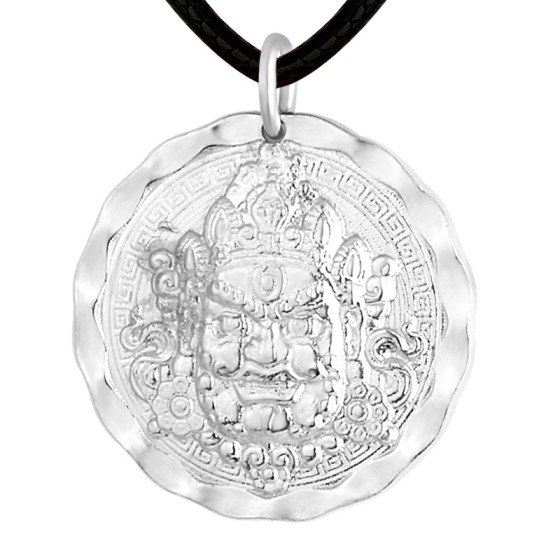

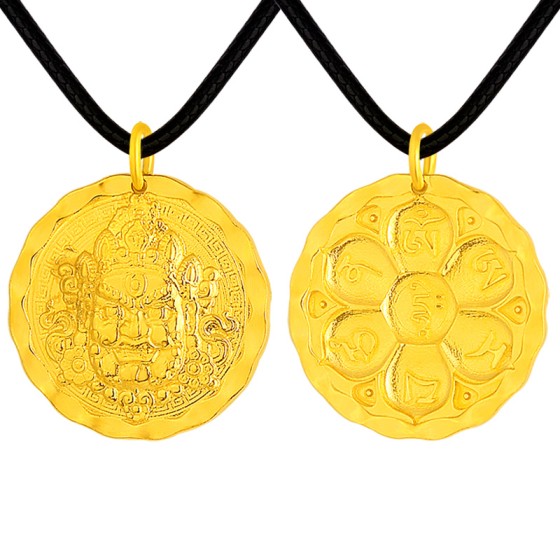
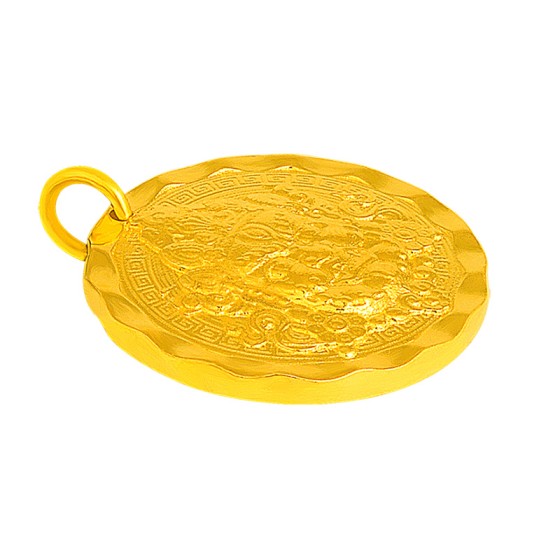
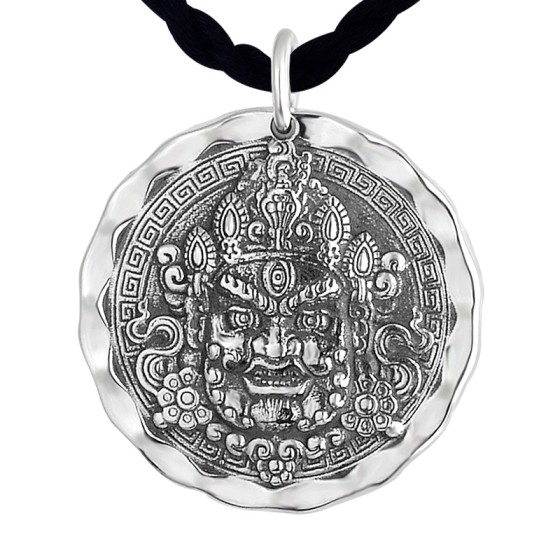
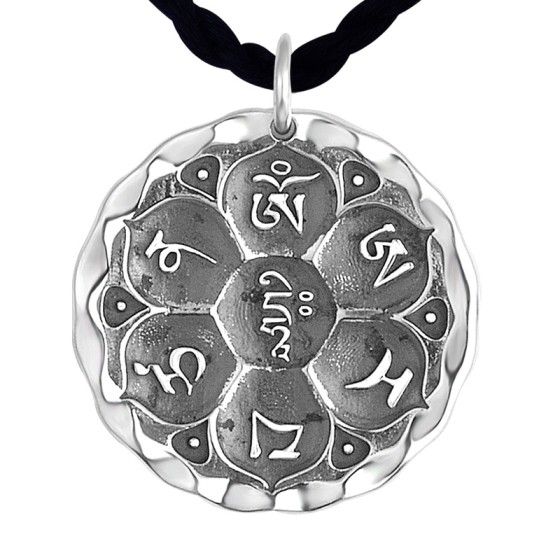
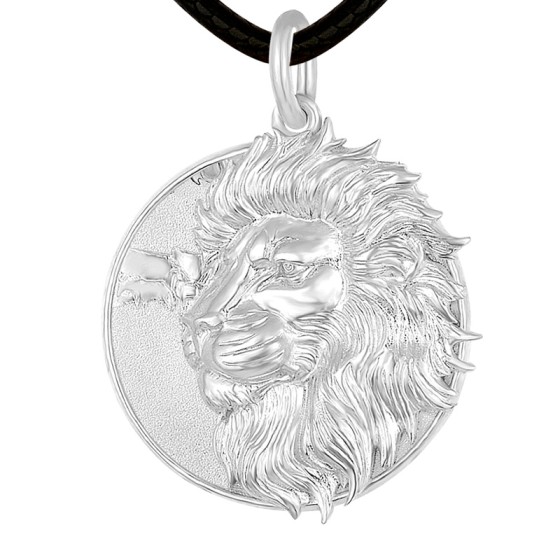
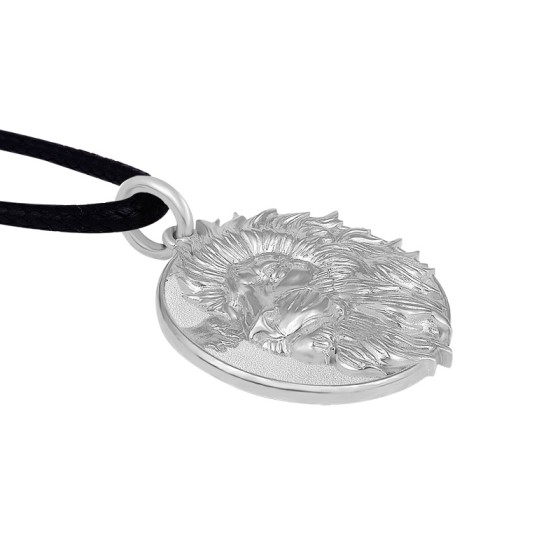
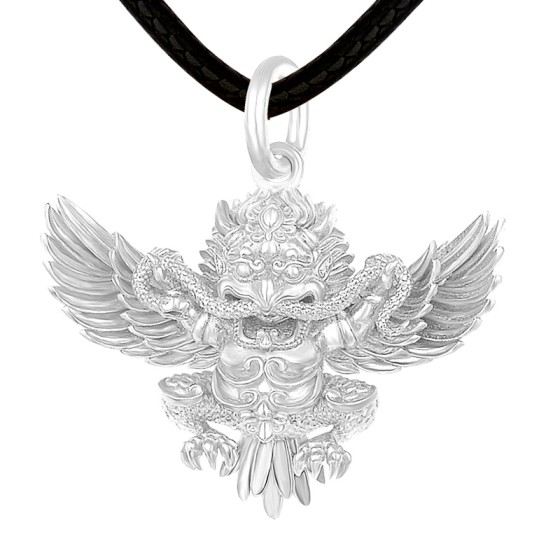
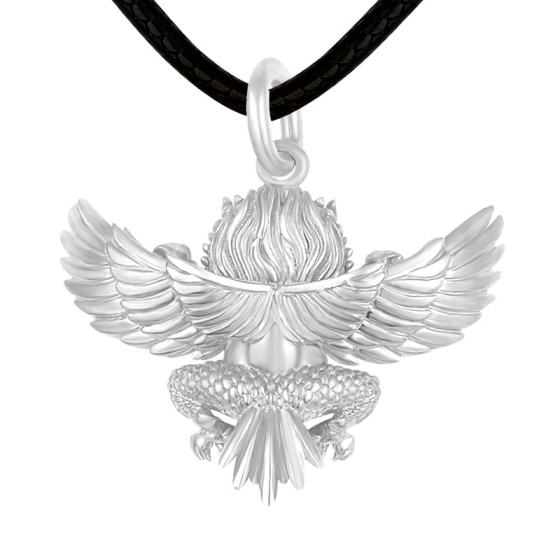
-1.jpg)
-5-560x560.png)
-1-560x560.png)
-7-560x560.png)
-6-560x560.png)
-1-560x560.png)
-2-560x560.png)